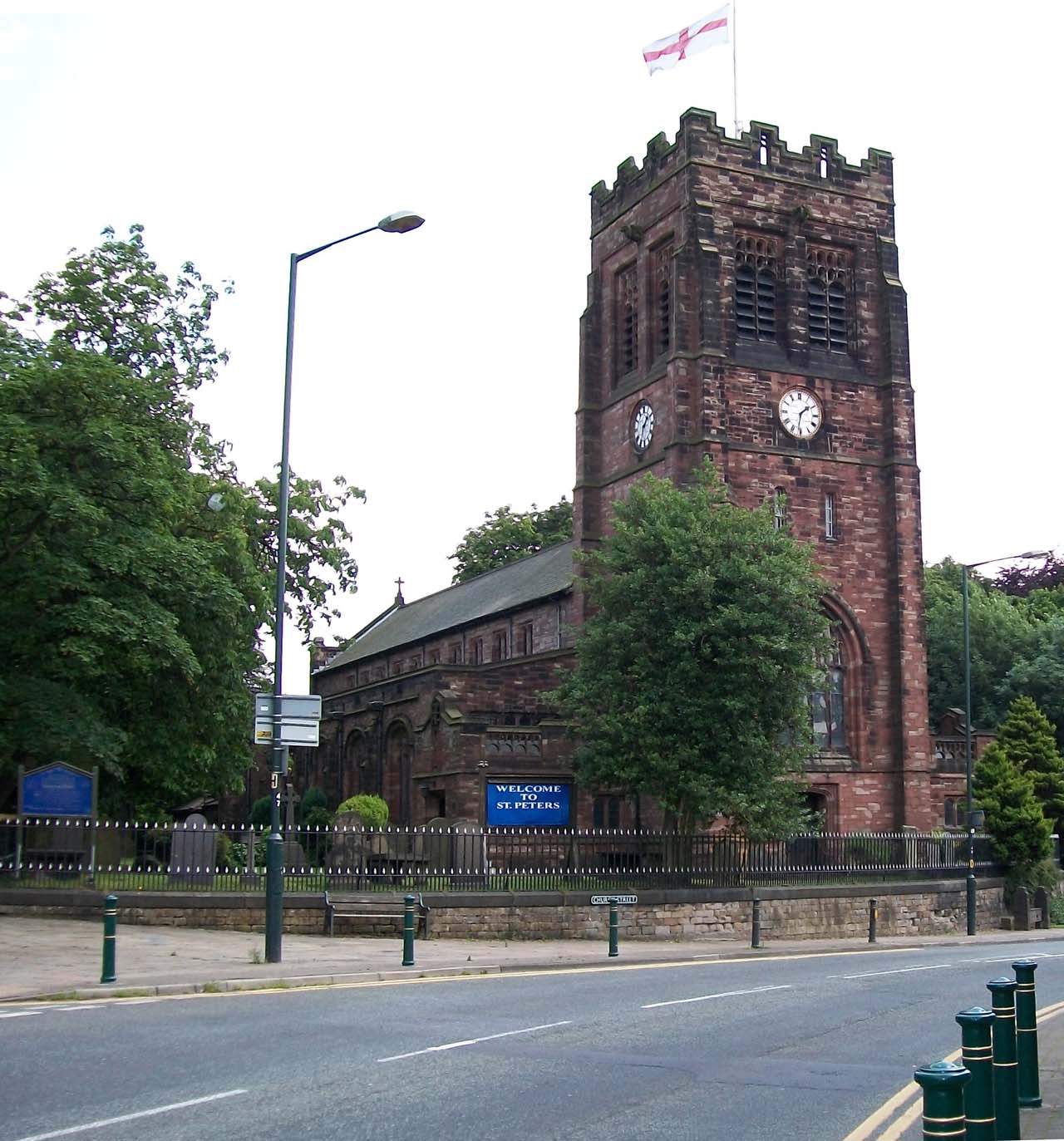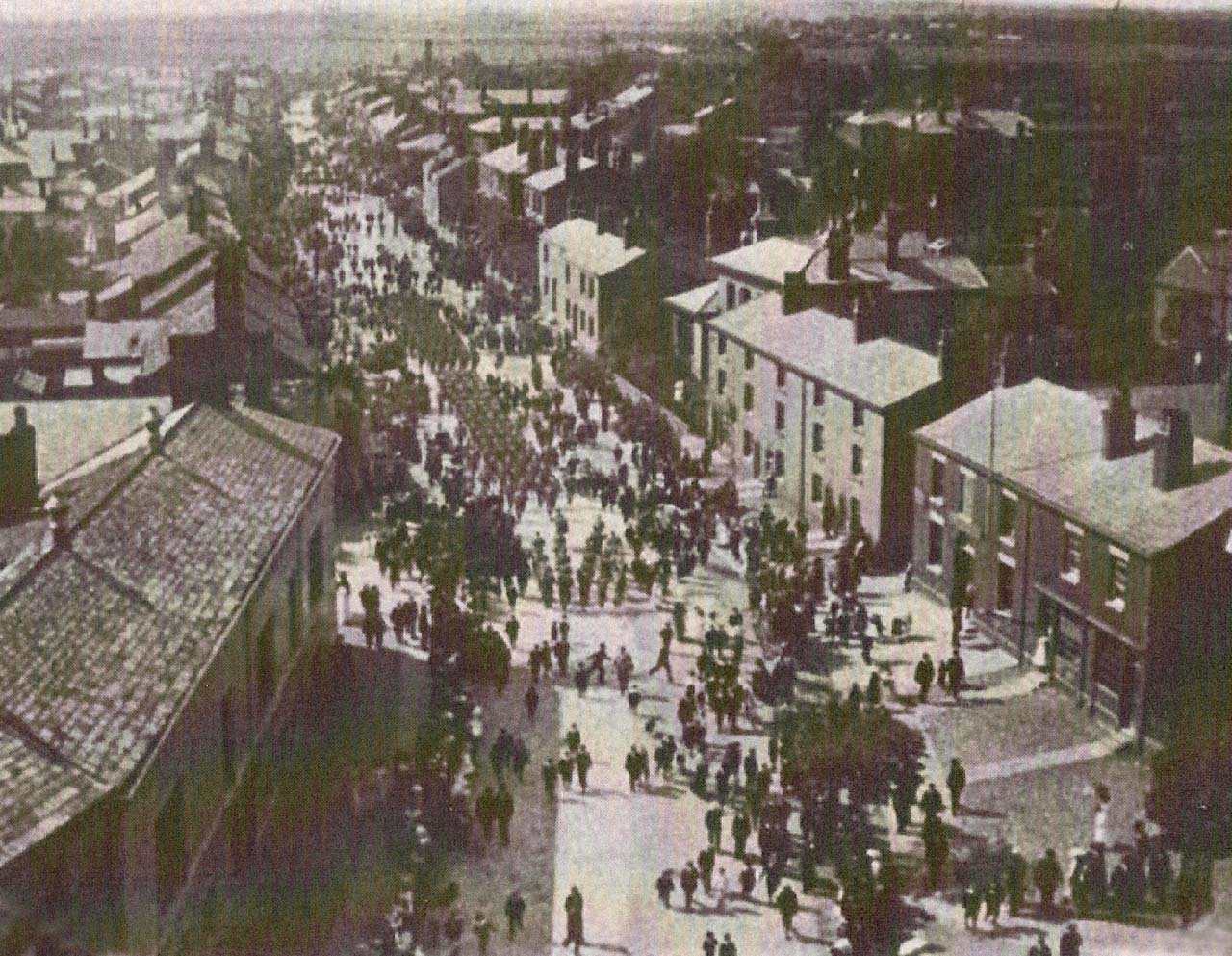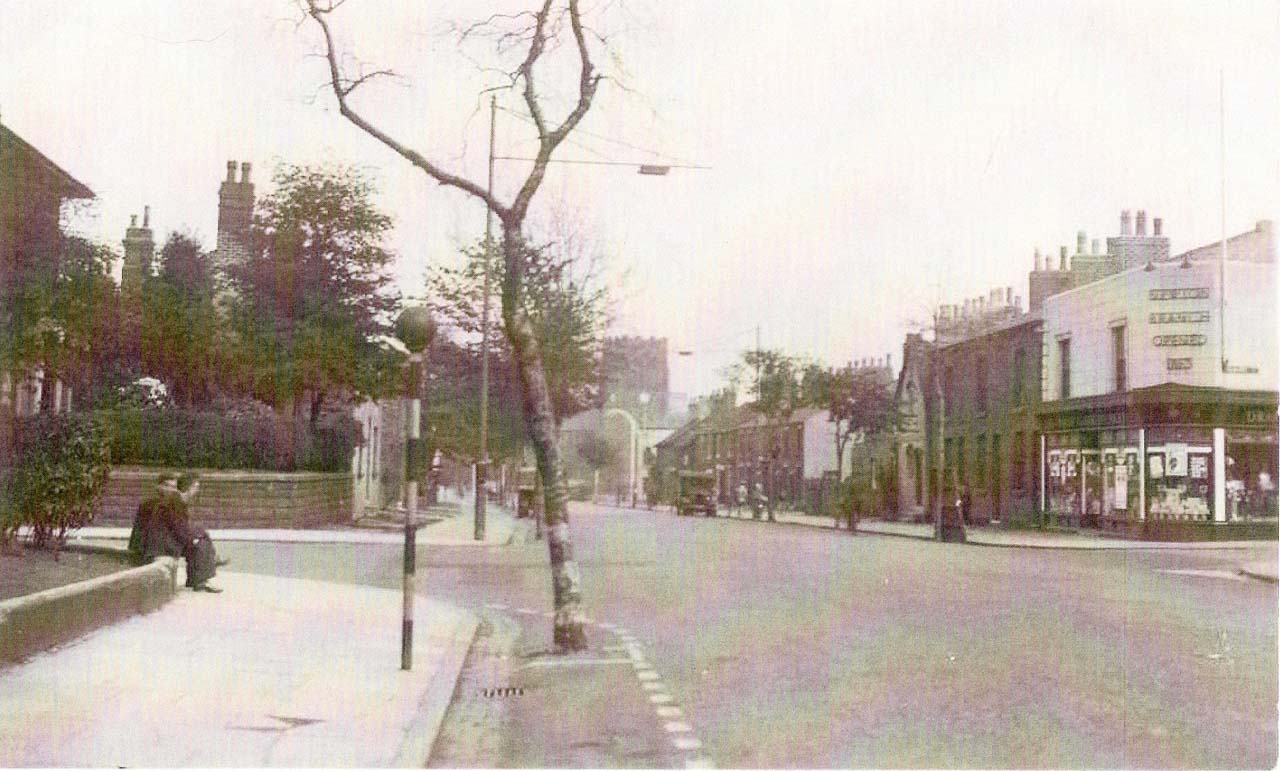 |
The Parish of Newton-le-Willows |
 |
 | |
Photograph supplied by and © of Frances Holcroft |
The industrial revolution saw the rapid development of Newton. Situated on the Liverpool to Manchester railway, at the junction with the line south to Birmingham, it became of key importance to the railway industry. Earlestown and Vulcan Village were built to the west and the south of Newton respectively, to house those who worked at the local foundries which built locomotives and wagons. The residential suburb of Wargrave lies between Earlestown and Vulcan. Other industries included cotton-spinning, crown glass, iron founding, vitriol works and sugar refining.
As Earlestown grew, the market and town hall were transferred there in the 1890s from their original site in the ancient centre of Newton-in-Makerfield. Earlestown became the main town centre, while the historic area of Newton High Street, to the east, retained its more traditional character.
 | |
Photographs kindly supplied by Newton library |
 | |
Photographs kindly supplied by Newton library |
St Peter’s Church stands at the eastern end of the High Street. The origins of St Peter’s can be traced back to the thirteenth century, though the current building dates only from the late nineteenth century.
More information about Newton-le-Willows and Earlestown can be found here
Sources:
'Townships: Newton in Makerfield', A History of the County of Lancaster: Volume 4 (1911)
‘St Peter’s Church – A Historical Summary’, Lynton J. Smith, M.A.
Photographs and other material by kind permission of Frances Holcroft and Newton Library
| Newton-le-Willows Home & Contents | ©Lancashire OnLine Parish Clerks | Lancashire Home |